Methadone is prescribed to help people with heroin use disorders manage their withdrawal symptoms. Methadone itself causes dependence, and withdrawal can be challenging.
What Is Methadone Withdrawal?
When someone dependent on methadone suddenly stops taking it, the body tries to restore opioid levels. It does this through physical and psychological withdrawal symptoms. These symptoms are essentially instructing the body to find more methadone because the body is dependent on it.
Methadone is frequently used to treat opioid and opiate addiction. Unfortunately, some people end up relying on methadone instead of the opioids it was meant to help them quit. Withdrawal symptoms occur as the body begins to cope with the lack of methadone it has come to depend on.
Methadone withdrawal can cause severe discomfort, which increases the risk of relapse. To safely quit methadone, it’s advisable to work with a healthcare provider who can oversee a gradual dose reduction. Additionally, seeking support from a medical detox program can help manage withdrawal symptoms effectively.
Treatment Can Be Life Changing. Reach out today.

Methadone Withdrawal Symptoms
Methadone withdrawal is associated with uncomfortable physical and psychological symptoms. While these symptoms generally subside over time, extreme cases of methadone withdrawal can be fatal. Methadone is somewhat unique among opioids. It has a longer half-life (up to 55 hours), so acute withdrawal symptoms can last longer than other opioids. Many people report that physical methadone withdrawal feels like a very bad flu.
Common withdrawal symptoms include:
- Increased tearing
- Goosebumps
- Sweating
- Runny nose
- Yawning
- Large pupils
- Agitation
- Anxiety
- Muscle aches
- Insomnia
- Abdominal cramps
- Diarrhea
- Nausea or vomiting
Methadone Withdrawal Timeline
In some cases, methadone withdrawal symptoms can set in as early as 12 hours after the last dose. However, symptom onset usually occurs between 30–48 hours after the last dose. Symptoms of acute withdrawal can persist for up to 20 days.
The timeline of methadone withdrawal can be somewhat variable. It depends on the degree of dependence that someone has developed. However, the long half-life of methadone leads to prolonged withdrawal symptoms. What makes methadone withdrawal different from other opioids is its long half-life. It substantially increases how long withdrawal symptoms will be felt.
The timeline of methadone detox and acute withdrawal will be different for each person. Still, methadone withdrawal typically follows this timeline:
- 12 hours – 2 days: onset of withdrawal symptoms
- 2 – 4 days: the peak of symptom severity
- 4 – 20 days: symptom severity will gradually subside
Withdrawal symptoms that come and go can last for weeks or months even after they were supposed to go away. This is called post-acute withdrawal syndrome (PAWS). Although PAWS is incredibly frustrating, symptoms will subside as time goes on.
Factors Impacting Methadone Withdrawal
Withdrawal can vary dramatically from person to person. The key determinant of how long methadone withdrawal will last is the degree of dependence that someone has developed. Additional factors that affect the methadone withdrawal timeline include:
- Methadone dosage
- Frequency of use
- Duration of use
- Polysubstance abuse (abuse of other drugs or alcohol simultaneously or concurrently)
- Age
- Metabolism
- Genetics
- Physical health
- Mental health
- The presence of a support system (friends, loved ones, rehab professionals)
Tapering Off Methadone vs. Quitting Cold Turkey
Methadone withdrawal is generally not dangerous. However, the symptoms can be very uncomfortable or even debilitating. Quitting methadone suddenly can lead to severe symptoms. There is also a high risk of relapse and overdose if someone experiencing withdrawal decides to take more methadone.
Although deaths from methadone withdrawal are rare, they can occur. This risk is higher in people who have used methadone heavily for a long time. These deaths are often linked to severe vomiting and diarrhea. If left untreated, these symptoms can lead to dangerous dehydration. This dehydration can then cause electrolyte imbalances, ultimately causing heart failure.
A medically guided methadone taper can help lessen the severity of withdrawal symptoms. During a taper, the methadone dosage is gradually reduced under controlled conditions. This allows the patient’s body to adapt to decreasing methadone levels. Tapering may involve reducing the dosage once a week over several weeks. It could also mean decreasing the dosage daily by a small percentage, like ten percent or less.
Unlike quitting cold turkey, a methadone taper affords your body the time it needs to adjust to decreasing levels of methadone. While tapering is a process, it is much safer than attempting to quit abruptly. Methadone tapers should always be done under medical supervision
Detoxing Off Methadone
Finding a reliable treatment program is imperative for anyone struggling with methadone addiction. While methadone withdrawal is rarely fatal, that doesn’t mean it’s something to take lightly. Supervised medical care is best, as healthcare professionals can directly address specific symptoms. They can also offer other resources to assist someone in methadone detox.
At the Recovery Village, our team of experts will ensure that your detox experience is as safe and comfortable as possible. We’ll provide you with a safe space, 24/7 medical care, and world-class treatment at our Palm Beach facility. Once you have completed medical detox, you can move on to inpatient and outpatient programs. These treatment programs can address your full addiction. You’ll receive the support and tools you need to lead a fulfilling, sober life.
If you or someone you care about is thinking about methadone detox, our Recovery Advocates can help you find the right resources for your unique situation. Call today.











